Table of Contents[Hide][Show]
The delicate skin around your eyes is where the stories of your life, from late nights to joyful laughter, often first appear. It’s thinner and has fewer oil glands than the rest of your face, making it more prone to dryness and the first place to show signs of fatigue. To care for this unique area, two powerful allies emerge: the eye serum and the eye cream. While they sound similar, they are fundamentally different tools for different jobs.
This often leads to a common point of confusion. Is one better? Do I need both? Which one should I choose? This guide is here to provide the clarity you need. We will journey through their distinct textures, their potent ingredients, and their specific purposes. By the end, you will not only know the difference but will also be empowered to confidently choose the right solution to keep your eyes looking bright, hydrated, and revitalized.
Why Does the Eye Area Need Special Care?
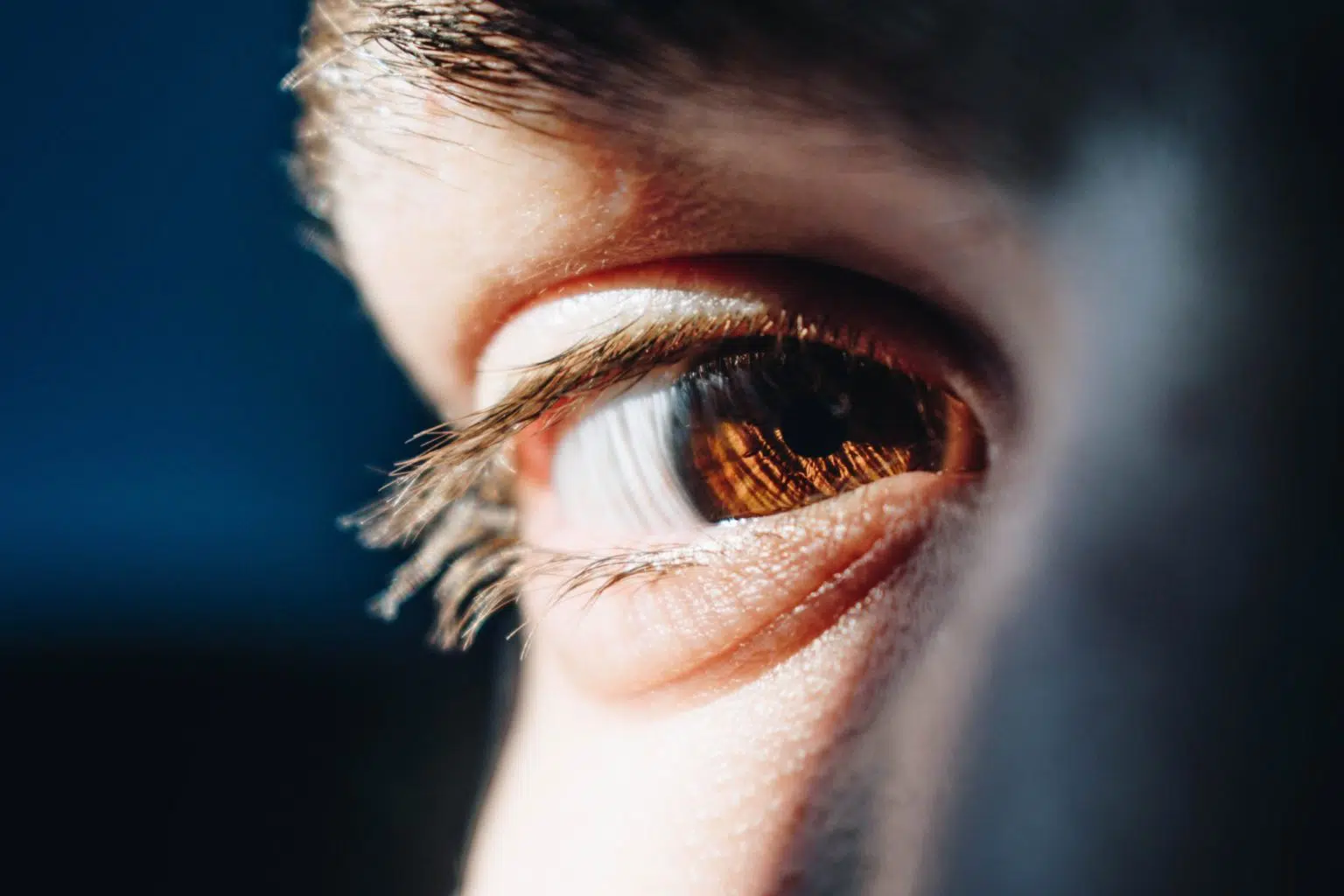
Before we compare serums and creams, it’s important to understand why the skin around your eyes isn’t like the skin on the rest of your face. It’s a uniquely delicate ecosystem with three distinct characteristics:
- It’s Incredibly Thin: The skin here is significantly thinner and more fragile than elsewhere. Think of it like delicate parchment paper compared to the sturdier canvas of your cheeks. This thinness means it’s more translucent, making underlying blood vessels (which can contribute to dark circles) more visible.
- It Has Fewer Oil Glands: This area has very few sebaceous (oil) glands, which are responsible for producing the natural oils that keep our skin moisturized and protected. This lack of natural lubrication makes the eye area highly prone to dryness and dehydration, which in turn can accentuate the appearance of fine lines.
- It’s in Constant Motion: Your eyes are incredibly expressive. Between blinking thousands of times a day, smiling, and squinting, the skin is constantly being folded and creased. Over time, this repetitive motion contributes to the formation of dynamic wrinkles, like crow’s feet.
Because of these factors, this area requires formulas that are not only potent but also exceptionally gentle and specifically designed to address these unique challenges.
Eye Serum vs. Eye Cream: The Head-to-Head Comparison

The fundamental difference between an eye serum and an eye cream is their core mission. An eye serum is a targeted delivery system designed to penetrate deeply, while an eye cream is a comforting protective shield focused on moisturizing and defending the skin’s surface.
Let’s break down how this mission dictates their every characteristic.
Texture and the User Experience
The texture isn’t just about how it feels; it’s about its function.
- Eye Serum: Think of an eye serum as a rapid delivery vehicle. Its fluid, often water-like consistency is engineered for one primary purpose: to penetrate quickly and disappear without a trace. This weightless finish is what allows it to be a potent base layer, ideal for morning use under makeup or for those who dislike the feeling of a heavy product.
- Eye Cream: In contrast, an eye cream is like a plush, breathable barrier. Its richer, more substantial texture is designed to do the opposite of disappearing. It creates a comforting, conditioning layer on the skin’s surface that you can feel. This makes it feel instantly soothing, visibly plumping fine, dry lines, and perfect for overnight nourishment.
Ingredients and Formulation Philosophy
The ingredients are chosen to support each product’s core mission.
A Serum’s Philosophy: High-Impact Delivery
Serums are formulated with a high concentration of activated ingredients with smaller molecular weights. These molecules are chosen specifically for their ability to travel deeper into the skin’s layers to address issues at their source. We focus on potent natural ingredients like:
- Fruit Ceramides & Peptides: These help to fortify the skin’s underlying structure and reduce the look of puffiness. Our Fruit Ceramide Eye Serum is built around this principle.
- Caffeine (from Green Tea/Coffee): An effective ingredient for energizing the look of tired, puffy eyes.
A Cream’s Philosophy: Surface Protection & Comfort
Creams combine activated ingredients with a rich base of emollients (softeners) and occlusives (sealants). The goal is to provide lasting surface nourishment and create a physical shield against moisture loss. We love ingredients such as:
- CoQ10: Also known as ubiquinone, is a natural enzyme found in the body whose production diminishes with age. When applied topically, this powerful nutrient helps protect the skin from environmental stressors and works to restore a youthful complexion.
The Core Mission
This is the simplest way to understand their different jobs.
- An Eye Serum’s mission is to deliver a concentrated dose of activated ingredients deep into the skin, a specialized process that makes it a remedy for addressing concerns like the appearance of deep-set wrinkles and dark circles.
- An Eye Cream’s mission is to nourish, comfort, and protect the skin’s surface. It does this by creating a barrier to prevent moisture loss and softening the look of fine lines, which is why a high-quality natural eye cream that works can make such a visible difference in skin texture and moisture.
Which One Is for You? A Strategic Decision Guide
Now that you understand their different missions, let’s determine your strategy. The best choice isn’t about which product is “better” overall, but which one is the right tool for your specific goals and skin biology.
Choose Based on Your Primary Concern: The “Inside Job” vs. The “Outside Fix”
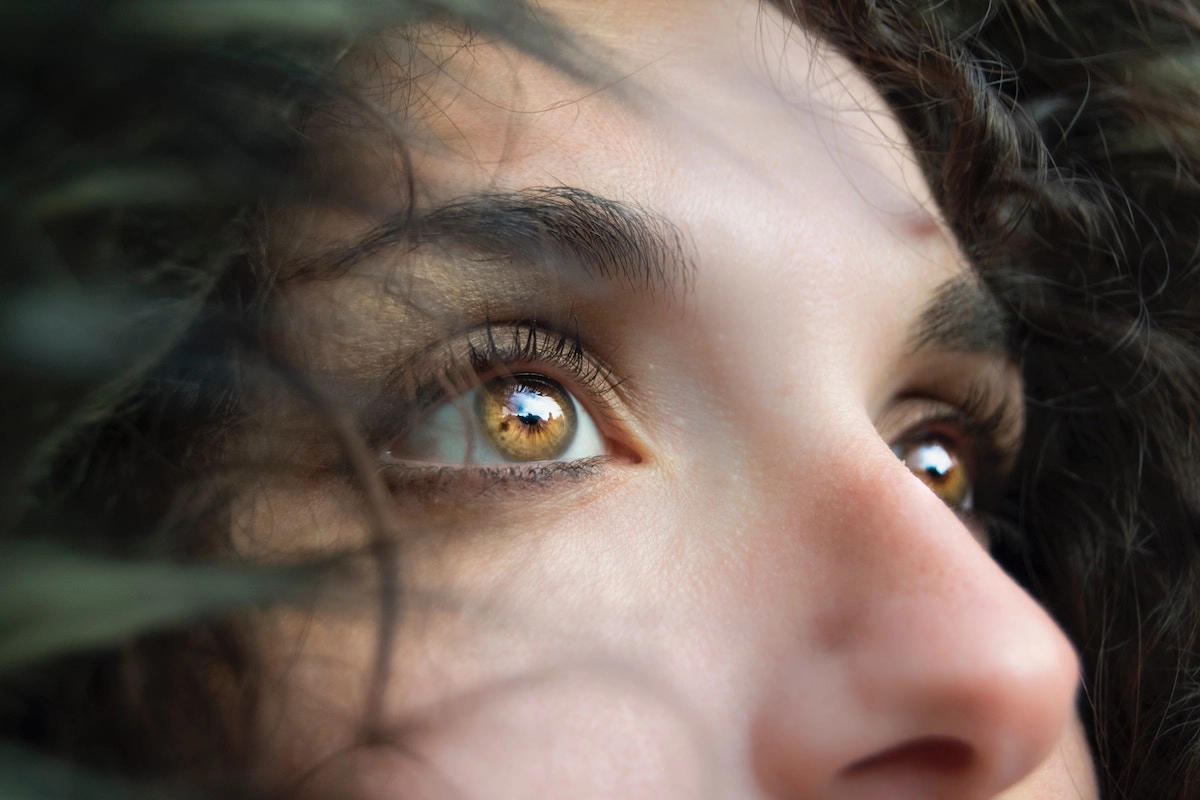
If you want to address the look of deep-set wrinkles or persistent dark circles:
Your strategy should be an Eye Serum. These are “inside jobs.” They are structural concerns that originate deeper within the skin’s layers. A serum, with its small-molecule activated ingredients, is engineered to be a delivery system. It bypasses the surface to bring potent, targeted ingredients to the source of the problem, working to support the skin’s underlying foundation over time.
If your main issues are dryness, surface fine lines or puffiness:
This is an “outside fix,” and an Eye Cream is your ideal tool. Dryness and the fine lines it causes are surface-level issues stemming from a lack of moisture and a compromised protective barrier. A cream provides an immediate infusion of lipids and emollients, visibly plumping those lines and creating a comforting “top coat” that prevents moisture from escaping throughout the day. A rich, comforting cream is one of the best choices for under-eye care when immediate comfort and increased moisture are the goals.
Choose Based on Your Skin’s Natural Behavior
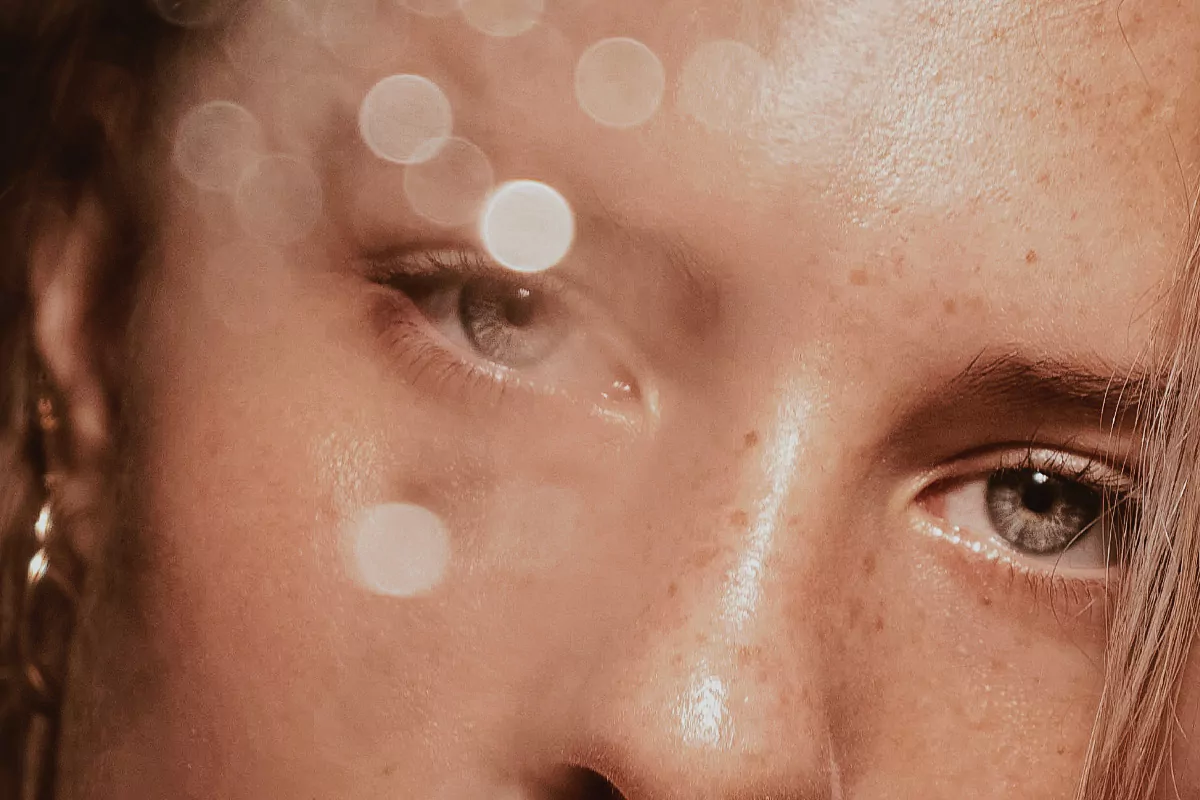
If your skin is Oily or Combination:
You likely have a robust natural lipid barrier and may be wary of heavy products. An Eye Serum is the perfect choice because it delivers potent actives without the rich, occlusive layer you don’t need. It targets the eye area without the fear of feeling greasy or contributing to milia (tiny white bumps).
If your skin is Dry or Mature:
Your skin’s natural barrier is often more compromised, leading to constant moisture loss and a tight, “papery” feeling. An Eye Cream is essential because its primary job is to supplement this barrier. It provides the lipids and oils your skin is lacking, giving you all-day comfort and a more supple, nourished appearance.
The Ultimate Strategy: Using Both for a Synergistic Effect
Yes, you absolutely can use both, and this is the gold standard for a comprehensive approach. This isn’t redundant; it’s a synergistic, dual-action approach to addressing eye area concerns, and a cornerstone of many effective anti-aging skincare routines.
- The Synergy Explained: The serum works from the inside out, addressing deeper, structural concerns. The cream works from the outside in, providing surface comfort, moisture, and a protective seal that also locks in the serum.
- The Application Ritual: Always apply from thinnest to thickest.
- Step 1 (The Beauty Treatment Layer): On clean, slightly damp skin (for maximum absorption, apply after your toning mist), gently tap a small amount of your Eye Serum around the orbital bone until absorbed. Let it sink in for about a minute.
- Step 2 (The Protective Seal): Follow with a small amount of your Eye Cream, using the same gentle tapping motion to “seal” in the serum and provide a nourishing top layer.
The Right Tool for the Right Job
Ultimately, there is no single “better” product. The choice between an eye serum and an eye cream is about selecting the right tool for the job your skin needs done. An eye serum is your targeted specialist for deeper concerns like the appearance of wrinkles and dark circles, while an eye cream is your comforting nurturer for moisture and protection. It’s about understanding that one treats from within, while the other shields from without.
The most important step is to listen to your skin and honor its needs. Whether you choose a potent serum, a rich cream, or the powerful combination of both, you are taking a beautiful, dedicated step in caring for this expressive and delicate part of your face. If you’re ready to find the perfect natural solution, we invite you to explore our full collection of eye care products, all crafted with the purest ingredients from nature.
Frequently Asked Questions
How long should I wait between applying an eye serum and an eye cream?
Give your eye serum about 60 seconds to fully absorb before gently tapping on your eye cream. This ensures the serum has penetrated effectively before you apply the protective layer of cream.
Can I just use my face moisturizer around my eyes?
It’s generally not recommended. Facial moisturizers can be too heavy for the delicate eye area and may contain activated ingredients at concentrations that could cause irritation. Eye-specific products are formulated to be gentler and specially designed for this sensitive skin.
How should I store my eye care products for best results?
To preserve their potency, keep your eye products in a cool, dry place away from direct sunlight and extreme temperature changes. Tightly sealed containers are a must. Packaging that protects from light, such as Miron violet glass, is an excellent way to prevent oxidation and maintain the integrity of the ingredients.
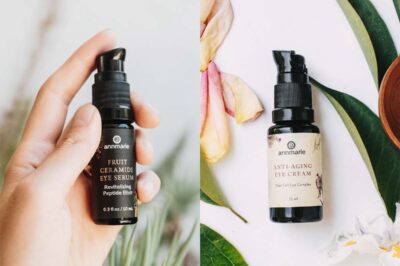

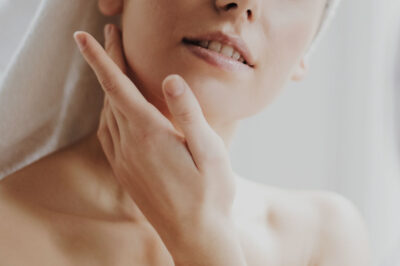
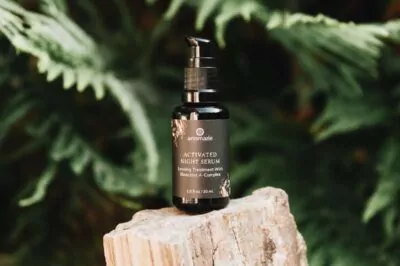


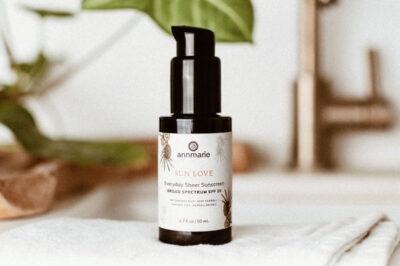

Leave a Reply